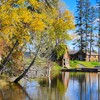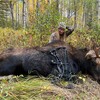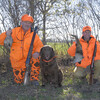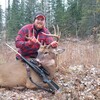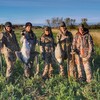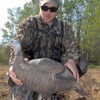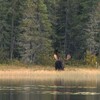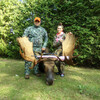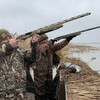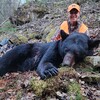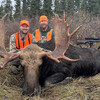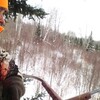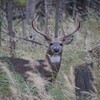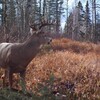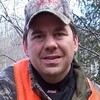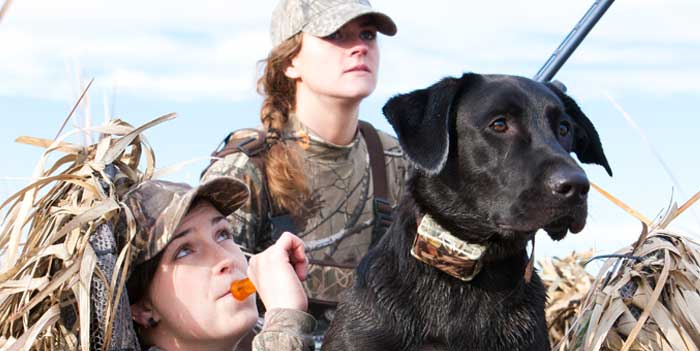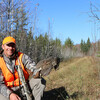
Moose Hunting with All-Terrain Vehicles
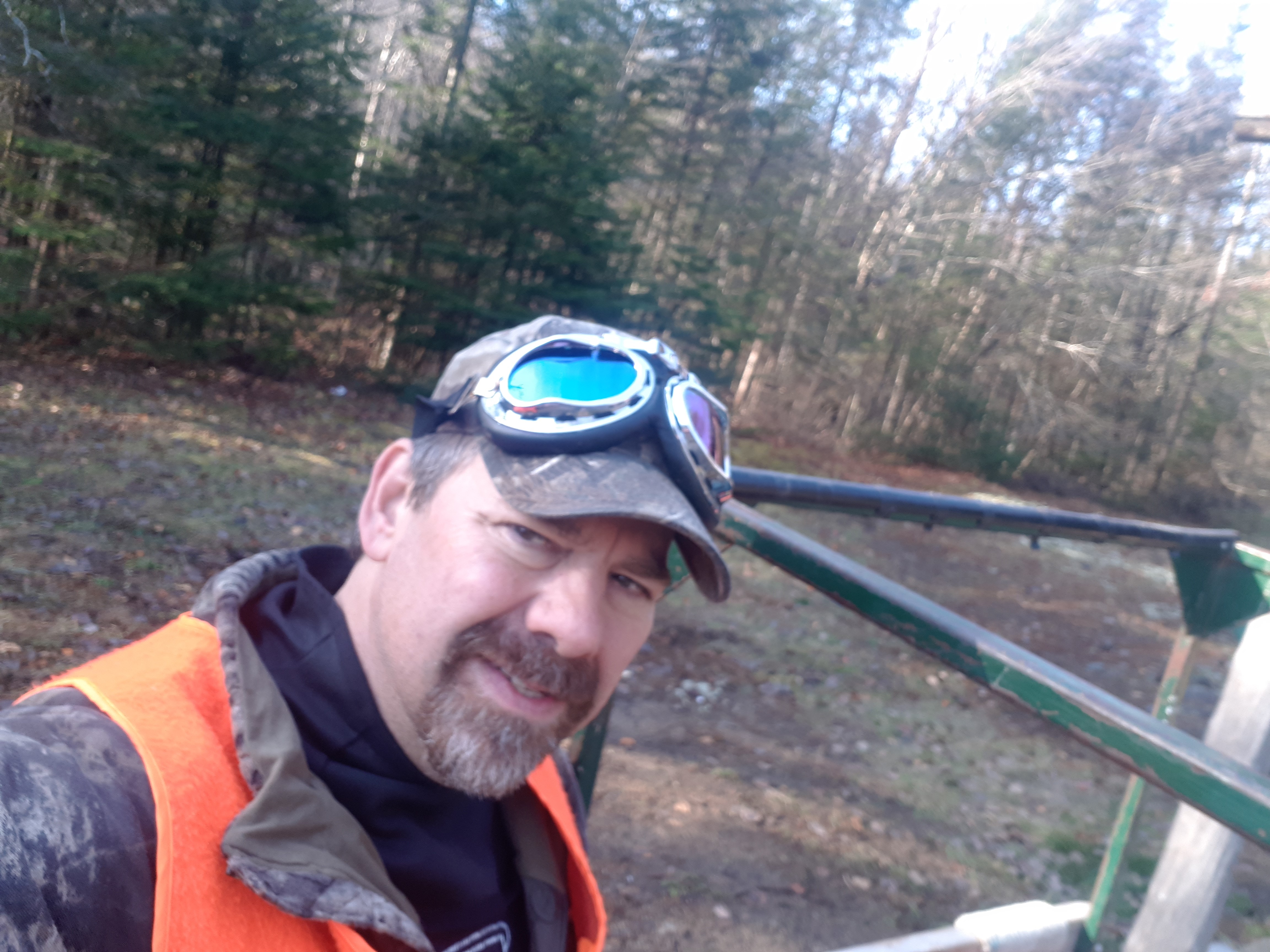
The all-terrain vehicle (ATV) has evolved into a staple of big game hunting, where it is perhaps the most essential tool in the pursuit of the elusive Canadian moose.
The four-wheelers of today play a role in almost every aspect of moose hunting, such as scouting, traveling trails, gaining access to dense wilderness areas, and packing out game meat. The popularity of the ATV for hunting really took off in the 1990s, although these vehicles were developed in the 1970s.
Magical moose bike!
When I first started moose hunting back in 1990 at our hunt camp, a stone’s throw from North Bay, the Yamaha Big Bear 350 ATV, which my father had just purchased, quickly became the most ubiquitous moose hunting weapon in our arsenal! Dad fashioned an awesome-looking trailer from an old oil drum and equipped the bike with a custom-welded canoe rack. The magical moose bike was born!
The Big Bear 350 was Yamaha’s first foray into 4-wheeled all-terrain vehicles, considered one of the best ever made; they are still manufactured today. We used the 4-wheeler for everything that first season (and many seasons to follow); brushing new trails, carrying tree stand supplies, transporting our Sportspal canoes to/from aquatic hunting locations and, perhaps most important of all, carrying out harvested moose!
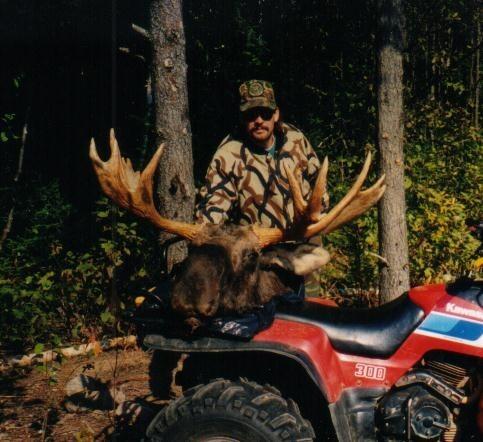
ATV Moose Hauler
ATVs like the old Big Bear (still running and active 30+ years later) were game-changers for any moose hunt, since the majority of good Bullwinkle hunt locations are found in off-the-beaten-path areas in Ontario’s North, and Northeast, where ATV access is a must. As with most ATVs then and now, the Big Bear came equipped with a winch – a powerful mechanism meant for pulling your bike out of a jam, but equally as effective in hauling moose.
During one of my early hunting seasons, I harvested a mature cow moose, which ended up in the middle of a bog. We fashioned a block and tackle pulley system, which attached to the ATV’s winch to help skid the magnificent 750-pound beast, like a toboggan, across the muskeg to where it could be processed and transported to camp.
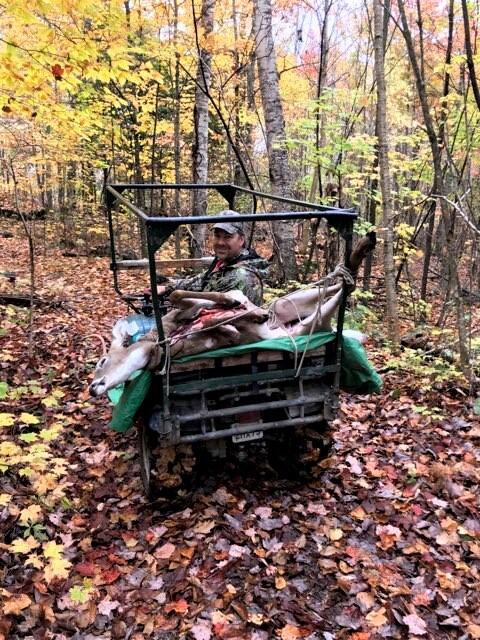
Backwoods access and safety
Another great advantage of ATVs for moose season is the ability to cover a great deal of territory in a short period of time. My hunt gang and I traveled to and from our hunt locations, around rough forest trails, and safely back to camp without breaking a sweat. One evening, I recall, a member of our hunt party was late getting back to camp, and, around 8 pm, we heard the classic ‘3 shot’ distress signal ring out across the lake, more than a mile away.
In complete darkness, we pinpointed our friend’s location and made our way around the lake on ATV to rescue our disoriented comrade. Walking in the forest after dark, even with a flashlight, can be a daunting task. The ubiquitous ATV serves as a great rescue vehicle in a time of need. Our friend was rescued safe and sound!
ATV Courtesy
Be aware that you should never drive your ATV in or on sensitive wetlands, always allow a clear path when you stop on a trail so other riders may pass, and ensure that your ATV is always in good running condition. When traveling on difficult trails, or to and from a tree stand, park your ATV in a safe spot and try to walk on foot the rest of the way.
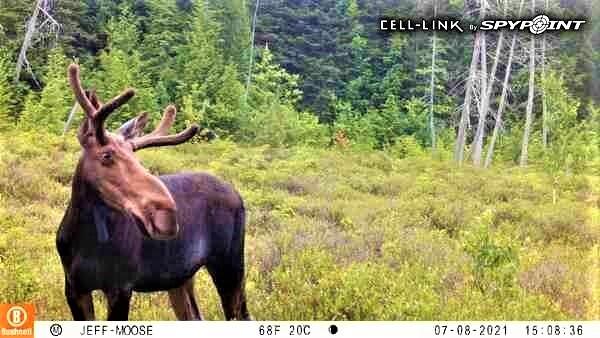
ATV Hunting Strategies
The use of an ATV allows moose hunters to get into position earlier in the morning, and return to camp faster at the end of the day. Travel time is reduced thus improving safety by not having to walk out of the woods after dark. With an ATV, you can stay at your hunt location longer thus increasing your odds of seeing/harvesting a moose. When scouting new moose territory, an ATV can make short work of covering a large area and negotiating new roads and trails.

Surreptitious travel
One would not normally see an ATV as quiet, surreptitious travel during moose season, but they would be wrong. 4-wheelers can quietly slip into a hunting position without disturbing the moose. I have seen it evolve over the years with more and more ATV traffic cruising the backwoods. Moose have become accustomed to seeing, and hearing, an ATV in their domain, and are not at all bothered by it. I generally park my bike no closer than ½ mile from my hunt location just to be sure.
Enjoy moose season and take note of how your ATV has transformed the pursuit of an old swamp donkey into a well-oiled machine. Best of luck this fall and stay safe!
For more information on moose hunting in Ontario, please consult the hunting regulations.
Recommended Articles
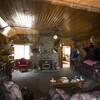
Bear Country
Goose Hunting
Inside Deer Season
Snow Hunt for Moose
Turkey Tips and Tricks
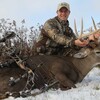
Buck on the Run
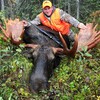
Cat Island Lodge
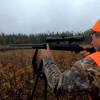
An Unforgettable Moose Hunt by Boat
Lady Luck’s Smile
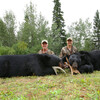
A Bear Hunt That Keeps You Coming Back
Deer Hunting with Border Country Outfitters
